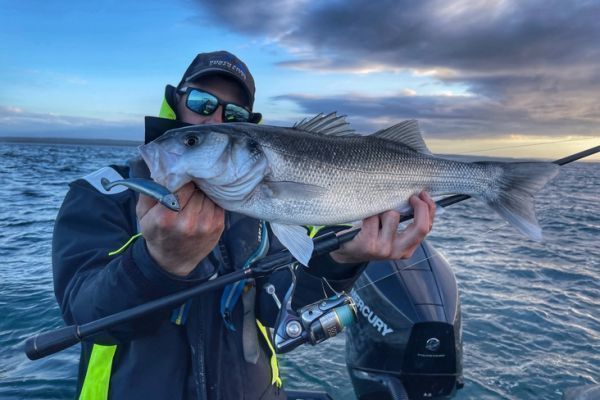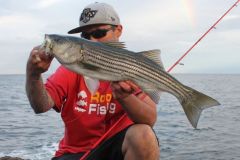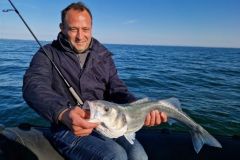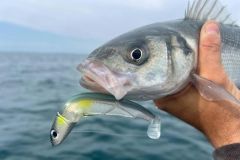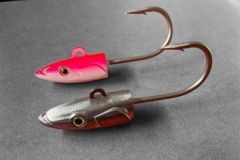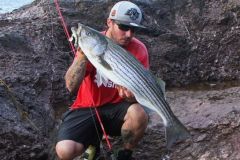Soft lures at sea: all you need to know
Soft lures are widely used at sea, as they allow fishing at all depths. They can be distinguished by their plastic material, which is more or less flexible depending on the model and the conditions for which they have been designed.
There are three main categories of soft lures:
- The Shads
- Slugs
- The Slims which combine features of the first two
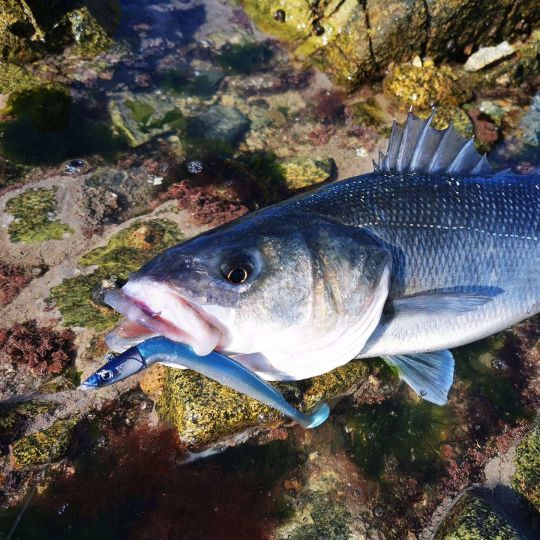
Slim lures are extremely effective. Here a Crazy Paddle Tail 150 from Fiiish.
Each type of lure has its own specificities and is best suited to certain situations, depending on the season, the fishing ground or the species sought. Choosing the right model is essential for a successful outing.
Shads, an indispensable lure!
Shads are easily recognized by the paddle on the back of the lure. The paddle is the key element of the shad. It generates vibrations and stabilizes the lure in the water, especially in the presence of current.
For areas with a lot of current, I prefer a toned shad with a wide paddle, and vice versa for areas with less current.
The most common sizes at sea range from 10 to 15 cm. The choice depends on the size of the prey present in the area.
When to use shads
They are particularly effective when fish are active and slightly off the bottom.
I also like them when I need to be heard, i.e. when conditions are rough or when there's a strong current. The paddle and the vibrations it sends out will attract the attention of nearby fish.

The shad is also very effective at getting fish out of seaweed or structures such as wrecks. For this, linear animation is best.
Shad fishing techniques
When I use shads, 2 main techniques are used:
- Traction fishing
This technique involves casting the lure, usually across the current or three-quarters of the way upstream, then moving it close to the bottom or into the water column, depending on the depth at which the fish are holding.
The lure is animated by long upward pulls of the rod, followed by a retrieve of the streamer as the lure naturally descends. In the vast majority of cases, the fish attacks on the way down.
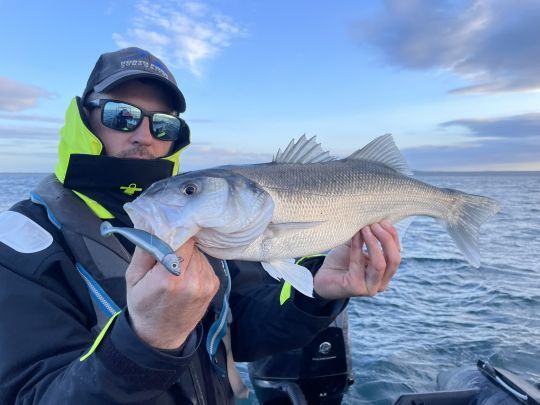
The most crucial point is to never leave any slack in the line during the descent. If you don't, you risk not only not feeling the strike, but also not being able to strike effectively, or even not detecting the strike at all!
- Linear recovery
The second technique, which gives very good results, is continuous recovery, with or without breaks, whether linear or vertical.
Once the lure has hit the bottom, simply reel it in evenly. This retrieve can be interspersed with pauses, as it's often the retrieve that triggers the strike.
Choosing and fitting the right lead head
Shads are mounted on "fish" lead heads. They have a standard shape, often asymmetrical, with greater density on the lower part to accentuate rolling (lateral sway).
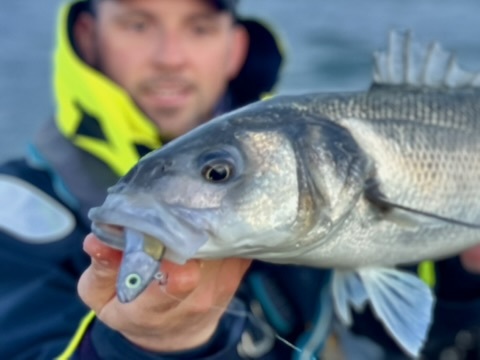
To determine the weight, I generally opt for a ratio of 1.5 to 2 grams per metre of depth. For example, in a 15-metre zone, I'd use a 30-gram lead head. This is only an indication: it's important to take wind and current strength into account to adjust the weight accordingly.

 /
/ 